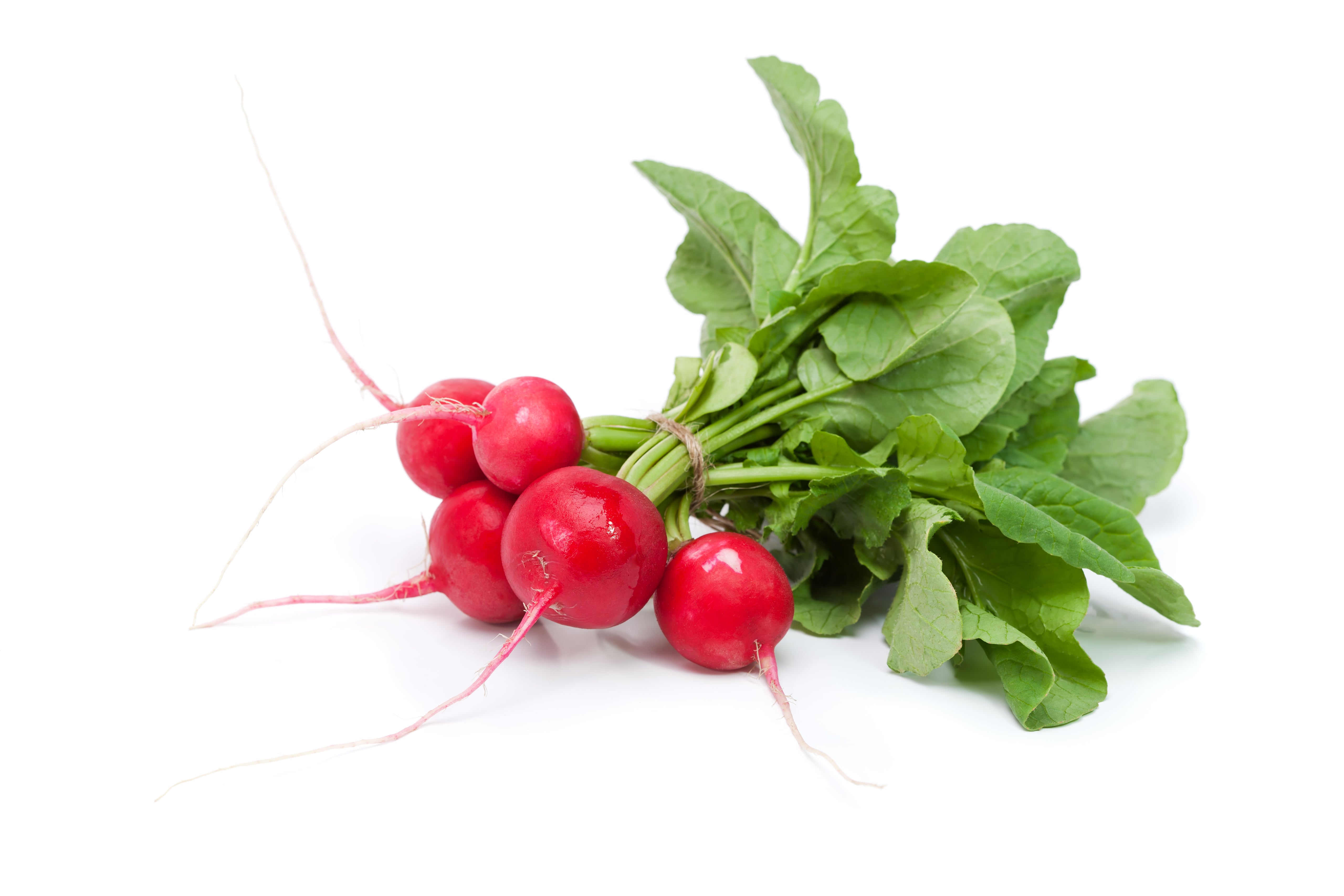Here in the United States, 400 million pounds of radishes are consumed annually. Much of the crop is commonly eaten fresh and as a member of the salad accoutrements or a garnish on a dinner plate. But the whole plant can be used in a number of ways, including the greens as well as the bulbs.
Radishes come in red, white and black forms that have round bulbs or oblong roots. You can include radishes in your menu by roasting, sauteing, pickling, or putting them in soups, stews and dips.
The bulb has a unique flavor that can be mild to a strong peppery taste depending on the species. They are typically preferred when they are small and young for their best flavor. They can add crunch to your tacos and dips and are beginning to replace lettuce on sandwiches, tacos and burgers.
Radishes are a member of the mustard family that includes cabbage, broccoli, kale and turnips. There are numerous varieties including the popular daikon radish. This radish germinates quickly and grows rapidly. They are a favorite of novice gardeners for their fast-growing qualities, but expert gardeners use them to help control bugs, fungus and other unwanted defects of companion crops.
When you bring fresh radishes home, you are encouraged to clean and prepare the radishes for storage in the refrigerator by washing, removing the tops, and storing in glass or plastic food containers. Radishes can be safely refrigerated for up to two weeks. The longer they sit, the more pungent the flavor can become. The green tops of the plant need to be consumed within one or two days once they are trimmed off of the bulbs.
The nutrients packed into these popular vegetables include vitamin D, vitamin C, calcium, iron, potassium, vitamin B-6, and folate, along with dietary fiber. They also sport 95 percent water per weight. The entire plant is edible and the tops make a great leaf vegetable. The enzymes that give radishes their flavor are also found in horseradish, wasabi and mustard. A half-cup of radishes only packs 12 calories and provides fiber for the digestive system.
Radish greens can be prepared and eaten much like other greens. The flavor profile of radish greens can vary from sweet and tender to sharp and peppery. Radish greens can be eaten raw, used in cooking, dehydrated and some can be frozen. Always use an approved recipe when preserving greens.
Radishes fit into many cultures. Curry dishes are popular with radish elements (greens or bulbs), they also accent Mexican dishes and can be found in Europe at Oktoberfest celebrations. They are frequently a popular element in fancy buffets as radish roses that are cut and can leave one wondering how in the world they made that!
Adventure a little with radishes and find new ways to incorporate them into your diet. When cooked, the sharper taste subsides and acts more like other root vegetables and they fit right into complex dishes. Won’t you give them a fresh look in your healthy foods repertoire?
For additional radish recipes and serving suggestions, check out Chef Scotty’s Market Fresh Recipes at http://ext100.wsu.edu/clark/?p=8163. SNAP consumers can purchase more fruits and vegetables at local farmers markets. Find out more at: https://snaped.fns.usda.gov/seasonal-produce-guide/radishes.
Carolyn Heniges is a Clark County WSU Extension Master Food Preserver. For additional recipes, food preservation and food safety information visit http://ext100.wsu.edu/clark/?p=1134. Have questions? Call MFP Helpline: 360-397-6060 ext. 5366.



